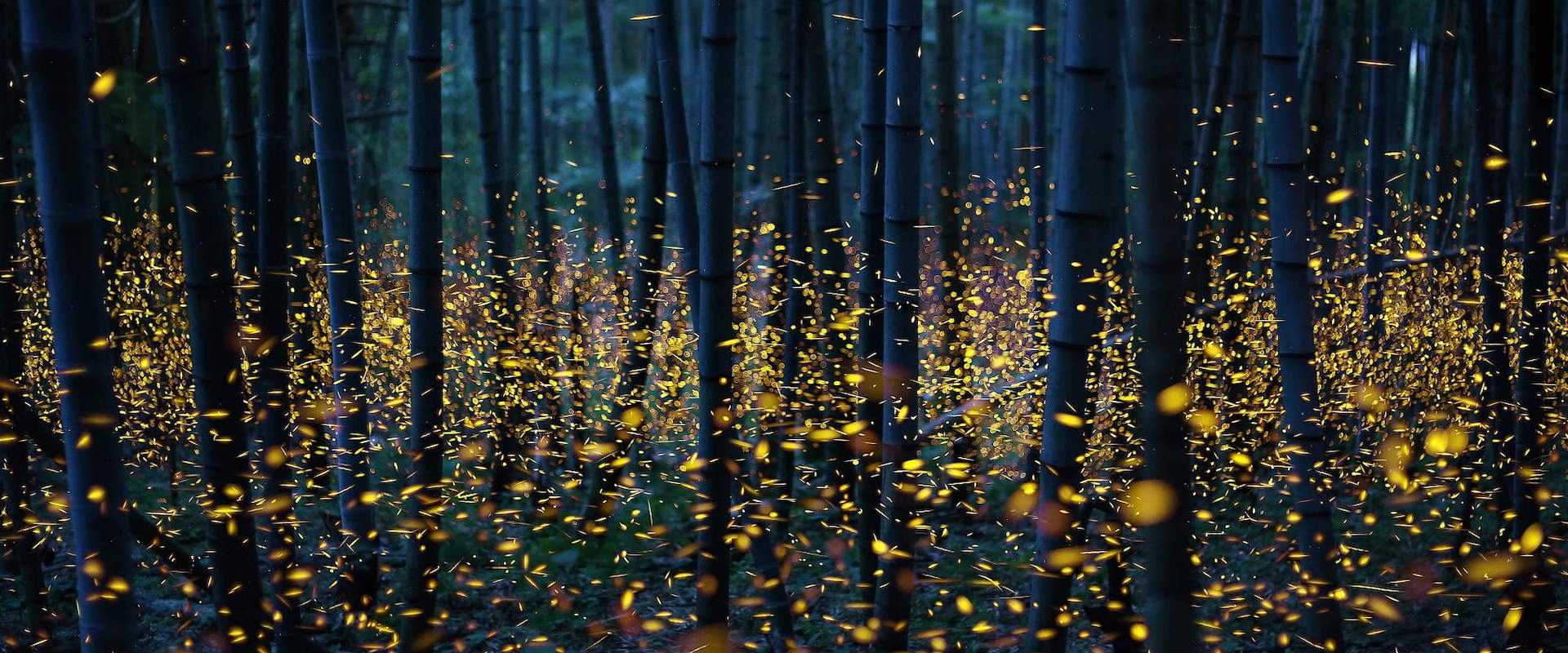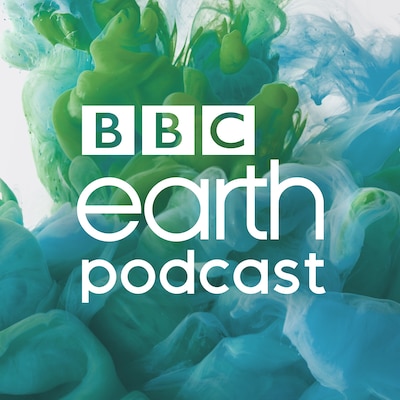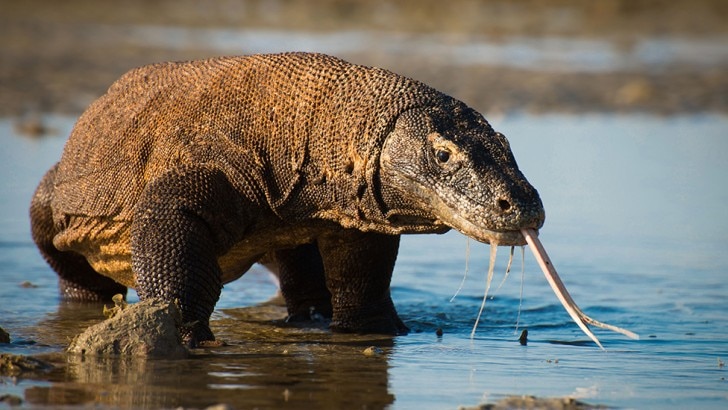

BBC Earth Podcast
Close your eyes and open your ears
Intimate stories and surprising truths about nature, science and the human experience in a podcast the size of the planet.
Animals
The land of giants and dwarfs.
Islands are both a land of giants and dwarfs. Komodo has its famous dragons and Madagascar a giant hissing cockroach. On the tiny side of things, islands are home to everything from rabbits, foxes and snakes that are smaller than their mainland counterparts – right through to the ultimate oxymoron, the pygmy mammoth, which once existed in numerous forms from the Channel Islands off the coast of California to Wrangel Island in the Siberian Arctic.
When it comes to learning all about a particular species, size is everything. Professor Felisa Smith is a paleoecologist from the University of New Mexico, she specialises in how species evolve and how they change when they become isolated. Professor Smith spoke to us for the Isolation episode of the BBC Earth Podcast.
“When new species go to islands – maybe they rafted there on a log, or were isolated there by rising sea levels – this can lead to strange morphologies [the form and structure of organisms], and for mammals it’s often the case that they get bigger or smaller,” she tells us.
“Rodents, for example, tend to become very large on islands, whereas larger-bodies creatures – deer, for instance – get smaller.”
This phenomenon even has a name: Foster’s rule, or the ‘island effect’. Foster’s rule was the first attempt to account for their evolutionary roulette seen across various species. In 1964, a young biologist named J Bristol Foster discovered some interesting island trends. Rodents living on islands tend towards gigantism, while carnivores, artiodactyls (including deer and hippos) and lagomorphs (rabbits and hares) are more likely to become dwarfed. So why does this happen?
“Body size is the single-most important thing about an animal – it regulates everything,” says Professor Smith. “If you know the body size of an animal, you know how much it eats, how fast it walks, how long its lifespan is likely to be, how many babies it’s going to have, the kinds of food it can eat or not eat. All those things are tied in to body size.”

There is active selection on body size occurring all the time. That’s why, in a mainland environment, being large is often a safer and adaptive form of avoiding predators. Being on an island, with no natural predators and less competition, means there is no longer an advantage to being really big, in fact, it can be a hindrance as the animal will need a lot more food in order to survive and reproduce.
On an island, food sources can be limited, so over evolutionary time there is a shrinkage and this happens astonishingly fast. You could have an elephant dwarfing to the size of an Old English Sheepdog in a relatively speedy, 10,000 years. “In some cases, you went from having mammoths that weighed 10 tonnes reduce down to the size of a Shetland pony, or maybe even a very large dog,” Professor Smith tells us.
In a mere 6,000 years after it found itself isolated on Jersey, one of the Channel Islands off the coast of France, the red deer dwarfed to one-sixth its size on continental Europe.
Many biologists have found that island species evolve much quicker than their mainland counterparts. Not only does this happen in recent years, but it has also occurred in the Mesozoic age where so large dinosaurs known as sauropods experienced dwarfism when they came to live on islands.
One of the most curious evolutionary cases is that of the Komodo dragon, the world’s largest lizard. By all appearances, this voracious monitor lizard represents an archetypal case of gigantism. The Komodo can grow up to 3m long (10 feet) and weigh 150kg (330 pounds), but a much heftier monitor, a 7m long (23 foot), 621kg (1,370 pound) monster, lived on the mainland in Australia during the Pleistocene era, 11,700 years ago.
Which then begs the question: could the Komodo dragon, the deadliest lizard on Earth, actually be an island dwarf? A terrifying thought, indeed.
Featured Image © Anankkml | Getty


Intimate stories and surprising truths about nature, science and the human experience in a podcast the size of the planet.